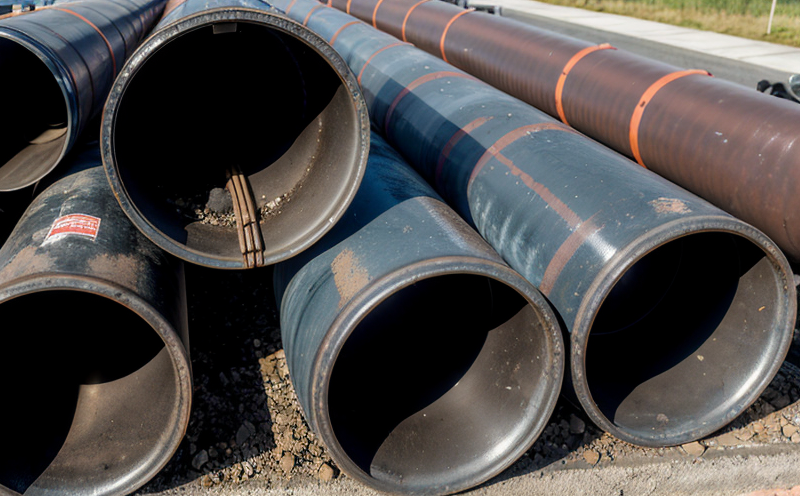IEC 60794-1-2 Tensile Testing of Plastic Conduits
The International Electrotechnical Commission (IEC) standards, including IEC 60794-1-2, are crucial for ensuring the safety and performance of plastic conduits used in various electrical applications. This standard specifically addresses tensile testing of plastic conduits to evaluate their mechanical integrity under stress. Conducting such tests is essential for manufacturers aiming to comply with international standards and ensure product reliability.
The process involves subjecting a specimen cut from the conduit to controlled stretching until it breaks, measuring the force required to achieve this point. This test helps identify the material's breaking strength and elongation at break, which are critical parameters in determining the suitability of plastic conduits for specific applications. Compliance with IEC 60794-1-2 is particularly important for industries such as telecommunications, data centers, and building construction where conduit reliability under stress conditions directly impacts operational safety.
Manufacturers often face challenges ensuring that their products meet these stringent requirements. By adhering to this standard, they can enhance product quality, reduce the risk of failure in critical applications, and build trust with regulatory bodies and customers. The test is not only a compliance requirement but also a valuable tool for improving product design and manufacturing processes.
In addition to the mechanical properties evaluated through tensile testing, IEC 60794-1-2 also considers environmental factors that might affect conduit performance in real-world conditions. This includes temperature cycling tests, UV exposure assessments, and immersion in solvents or chemicals. These supplementary tests provide a comprehensive evaluation of the conduit’s durability and resistance to degradation.
For manufacturers, conducting tensile testing according to IEC 60794-1-2 offers several benefits beyond mere compliance. It ensures that products meet international standards, enhancing brand reputation and customer trust. Additionally, the test results can be used for continuous improvement of product design and manufacturing processes, leading to more robust and reliable products.
- Enhanced Product Quality: Ensures consistent performance across all batches.
- Increased Customer Trust: Builds confidence in the reliability and safety of the product.
- Compliance with International Standards: Meets regulatory requirements for global markets.
- Potential Cost Savings: Identifies design flaws early, reducing rework costs and downtime.
The detailed technical specifications provided by IEC 60794-1-2 guide laboratories in performing these tests accurately. This includes precise specimen preparation techniques, calibration of testing equipment, and interpretation of results to ensure accuracy and consistency. Laboratories specializing in this service provide comprehensive support throughout the process, from initial consultation through final report generation.
By choosing a reputable laboratory for IEC 60794-1-2 testing, manufacturers can access expert knowledge and state-of-the-art facilities, ensuring that their products meet stringent international standards. This not only facilitates market entry into new regions but also positions them as leaders in quality assurance within their industry.





